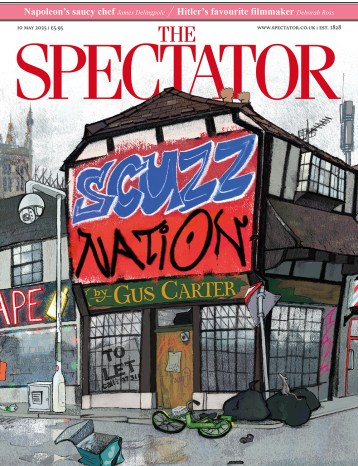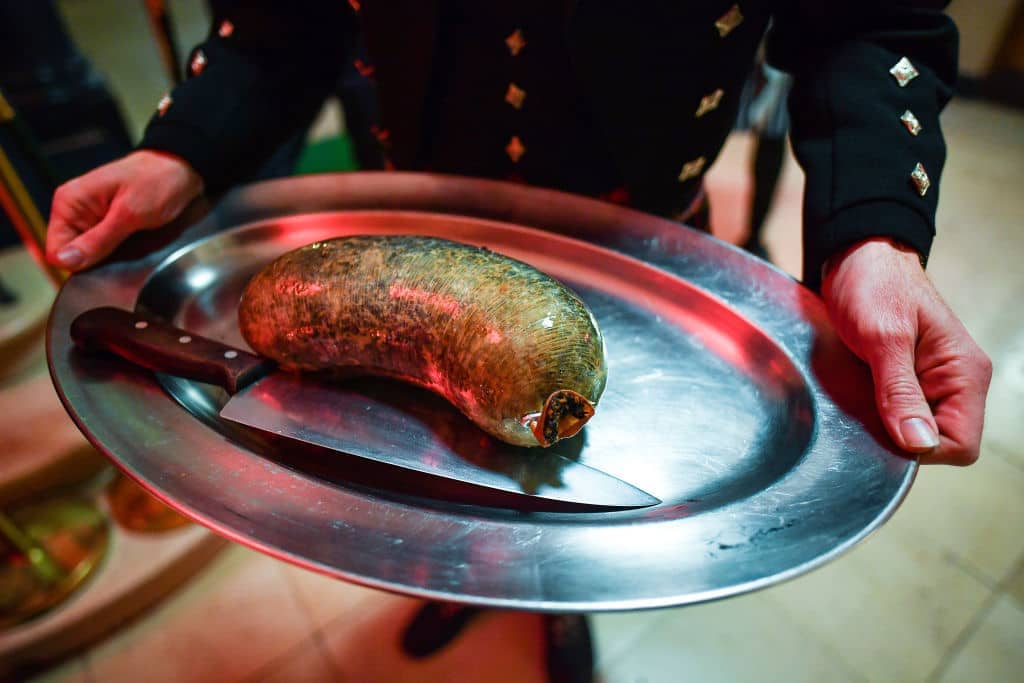As if negotiating a global climate deal into the early hours was not enough, delegates at COP26 have to worry about whether the haggis, neeps and tatties they enjoyed for lunch is destroying the planet. The COP26 menu tells delegates that each serving of the traditional Scottish dish generates 3.4kg of carbon dioxide equivalent (CO2e). It is the heaviest carbon footprint on the COP menu, worse even than the Scottish beef burger (at 3.3kg CO2e).
Unsurprisingly, many climate-conscious delegates in Glasgow are turning their noses up at the Scottish national dish, and not just because they realised it was lamb offal. Perhaps they have good reason to be snobby? As an animal product, haggis takes energy to produce, which is typically generated from fossil fuels. What’s more, sheep are ruminant animals: they burp out methane, which is another greenhouse gas. But is that the whole story?
Many climate-conscious delegates in Glasgow are turning their noses up at the Scottish national dish
Haggis is essentially a by-product, made from a part of the animal that would otherwise go to waste.

Britain’s best politics newsletters
You get two free articles each week when you sign up to The Spectator’s emails.
Already a subscriber? Log in






Comments
Join the debate, free for a month
Be part of the conversation with other Spectator readers by getting your first month free.
UNLOCK ACCESS Try a month freeAlready a subscriber? Log in